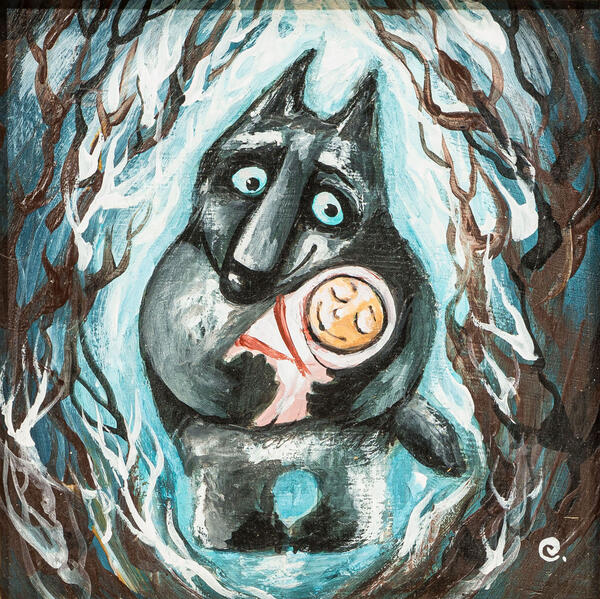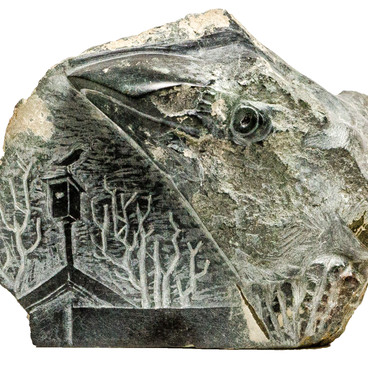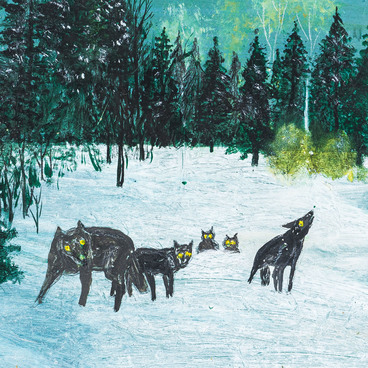In different cultures, the wolf had a complex and ambiguous character. For example, in ancient times, this animal symbolized valor and bravery. In Roman legends, the founders of the Eternal City Romulus and Remus were rescued and fed by the Capitoline she-wolf.
Over time, the wolf became a traditional hero of folk tales, epics and myths of the northern peoples. For example, Fenrir — the enemy of the gods from Germanic-Scandinavian mythology and the son of the god of cunning and deception Loki — was a huge wolf. In the Khakass epic, the White Wolf was a constant companion and assistant to the hero Albynzhi, and in Tatar legends the wolf led the nomadic people out of the encirclement. In Russian fairy tales, the Gray Wolf helped Ivan Tsarevich in his wanderings.
But like many other predators, wolves were often associated with ferocity, fear, cruelty and anger. In folk culture, these animals are associated with darkness, cold, danger. This is partially reflected in the famous lullaby:
Over time, the wolf became a traditional hero of folk tales, epics and myths of the northern peoples. For example, Fenrir — the enemy of the gods from Germanic-Scandinavian mythology and the son of the god of cunning and deception Loki — was a huge wolf. In the Khakass epic, the White Wolf was a constant companion and assistant to the hero Albynzhi, and in Tatar legends the wolf led the nomadic people out of the encirclement. In Russian fairy tales, the Gray Wolf helped Ivan Tsarevich in his wanderings.
But like many other predators, wolves were often associated with ferocity, fear, cruelty and anger. In folk culture, these animals are associated with darkness, cold, danger. This is partially reflected in the famous lullaby:





